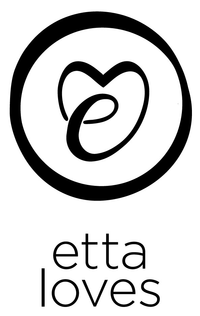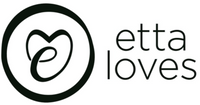Understanding infant febrile seizures

Febrile seizures affect 1 in 20 children, yet information about them is not particularly visible for new parents, and if you didn't know what one was it could be distressing to witness. So I spoke to qualified first aid trainer Chloe of Daisy First Aid Southend, the organisation who ran the recent first aid course I attended, to ask her the questions that all new parents need to know.
So what exactly is a febrile seizure?
The word febrile means “related to fever” and a seizure is also commonly called a convulsion or fit.
Febrile Seizures affect 1 in 20 children. They occur because in young children and babies the area of their brain that regulates body temperature is not yet fully developed.
Normal body temperature is 37 degrees and febrile convulsions are nearly always triggered by the child’s temperature raising rapidly (above 38 degrees) often due to a viral infection such as flu, chickenpox or tonsillitus.
When are children most vulnerable to these seizures?
Febrile convulsions most commonly affect children between the ages of 1 and 4 years old, however they can also affect children from six months to six years old.
Children can suffer seizures from becoming too hot due to illness and fever or purely by overheating. The child may have been unwell over the past day or so and can be hot to touch.
What does a febrile seizure look like?
- The muscles in the body become rigid
- Arching of their back
- Twitching limbs
- Violent jerky movements
- Their eyes may roll
- Clenched jaw
- Lips can go blue
- Foaming of mouth (sometimes blood stained as a result of biting tongue or cheek)
And what should we do if we recognise these signs in our child?
Allow the child to fit on a soft surface if possible, do not restrain them, protect the head and call 999.
Place your child in the recovery position, remove their clothing and bedclothes to cool the body down. You can open windows and allow the body to cool naturally but do take care not to over cool the child by for example applying cold compresses or immersing them in cold water, as this could have the opposite effect and cause their internal temperature to rise. Monitor their airway and breathing.
What will happen next?
The child should relax, their breathing should return to a normal pattern and they should recover consciousness within a few minutes (most febrile seizures last less than 5 minutes). They may be temporarily unaware of their surroundings and also be exhausted. They can fall into a long deep sleep.
Whilst very scary to watch, a simple febrile seizure is common and the child will almost always recover completely but do always call 999 and expect to take them into hospital as a precautionary measure.
Thank you so much Chloe, it's so important that we are armed with knowledge should, heaven forbid, we need to use it.
For more information on the group classes and home classes that Daisy First Aid offer nationally visit https://www.daisyfirstaid.com/. I really can't recommend their classes enough as it gave me the confidence that I'd know what to do in an emergency situation.
To read more about Febrile Seizures visit the NHS information page here https://www.nhs.uk/conditions/febrile-seizures/



